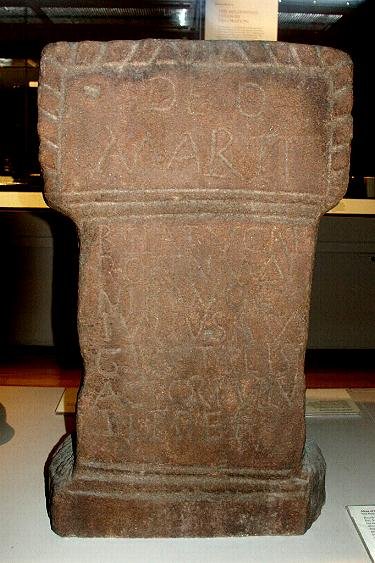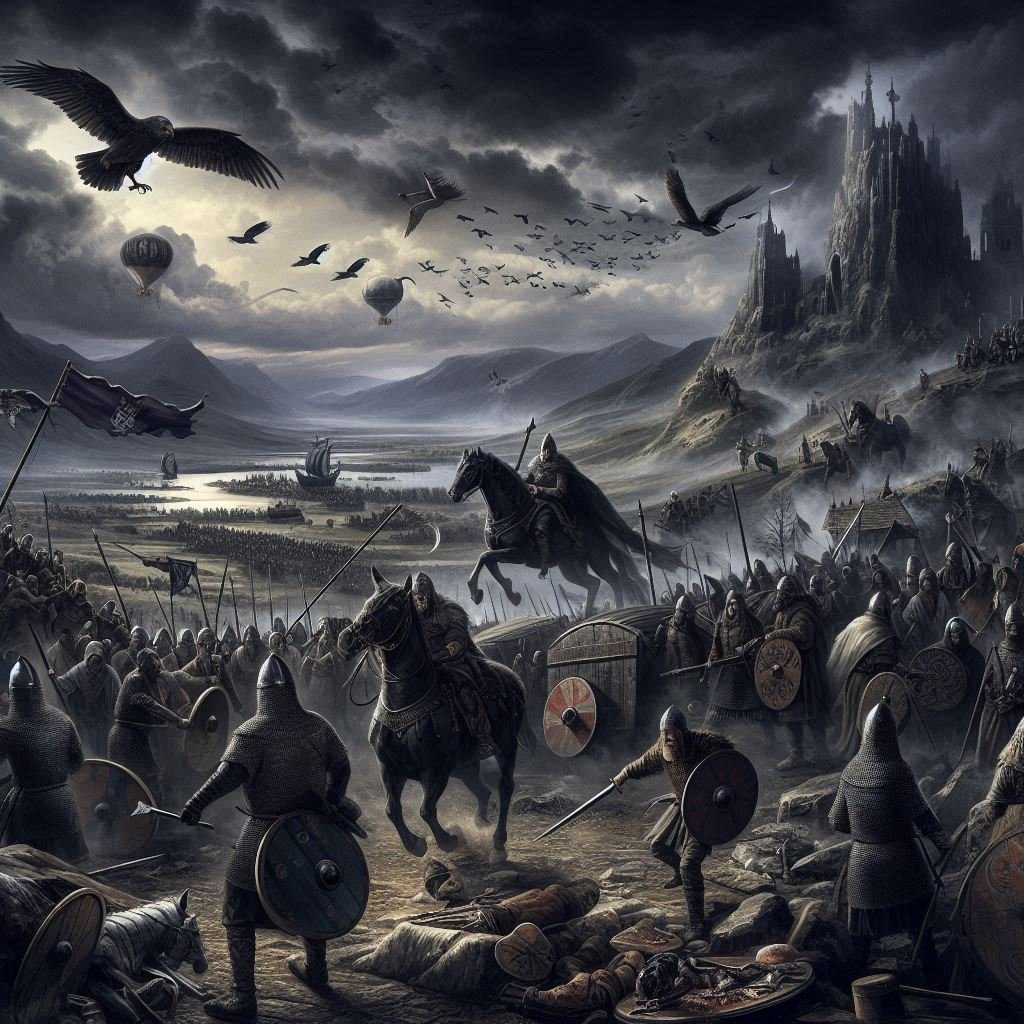Contents
What is Landscape Archaeology?
Landscape Archaeology is the study of past human interaction with the natural environment. It focuses on understanding how ancient societies perceived, organized, and shaped the land they inhabited, revealing the relationships between people, their settlements, and the broader landscape in which they lived. Unlike traditional archaeology, which often focuses on individual sites, artifacts, or time periods, Landscape Archaeology looks at the wider environment and how it influenced the location and function of monuments, settlements, roads, fields, and other cultural features.
The concept of Landscape Archaeology emerged from the recognition that human activity was not just confined to single sites, but was interconnected with the land around them. The physical geography—whether it was the positioning of a settlement along a river, the strategic location of a fort on high ground, or the alignment of ritual sites with celestial events—played a central role in how ancient societies structured their lives. Landscape Archaeology seeks to reveal how these factors shaped social, political, and economic practices, offering a more holistic view of the past.
The History and Development of Landscape Archaeology
The roots of Landscape Archaeology can be traced back to the late 19th and early 20th centuries, although it began as a more general interest in studying the environment’s influence on human settlements. Early archaeologists and historians recognized that landforms, climate, and other physical features were significant in shaping the way people lived and interacted with the environment, but the field itself did not take shape until the mid-20th century.
Early Developments: The Beginnings of Landscape Thinking
In the 19th century, archaeologists such as Sir Mortimer Wheeler and Sir Leonard Woolley began to note the importance of landscape features when investigating ancient sites. They focused on topography and the positioning of settlements in relation to natural resources, but their methods were still largely descriptive rather than analytical.
During this time, the concept of cultural landscapes—environments shaped by human activity—began to take root. While early archaeologists had a focus on individual monuments or objects, they began to recognize that these were part of broader systems that integrated with the natural environment. However, Landscape Archaeology as a formal discipline didn’t fully emerge until the 1960s and 1970s.
The Emergence of Modern Landscape Archaeology
The 1960s saw the rise of the “New Archaeology” movement, which advocated for more scientific and systematic approaches to archaeology, incorporating environmental and geographical data into the study of past societies. Archaeologists like David L. Clarke and Christopher Tilley began to push for a more analytical approach to understanding the landscape. They recognized that sites and artifacts did not exist in isolation, but were part of a dynamic relationship between human societies and their environments.
During this period, technological advancements in aerial photography, GIS (Geographical Information Systems), and remote sensing revolutionized the study of landscapes. The ability to observe and map landscapes from the air opened up new opportunities for identifying ancient sites and studying their spatial relationships in ways that were previously impossible.
The Rise of Landscape Studies in Archaeology
By the 1980s and 1990s, Landscape Archaeology had firmly established itself as a sub-discipline within archaeology. Researchers began to develop theoretical frameworks that emphasized the active role of the landscape in shaping cultural practices. Scholars like Timothy Ingold and Ian Hodder promoted the idea that the landscape was not merely a passive backdrop to human activity but an active and symbolic component of social life. This approach focused on how people perceived and engaged with the landscape, understanding it as a place that influenced their daily routines, rituals, and social structures.
During this period, Landscape Archaeology also took on a more interdisciplinary approach, blending methods from geography, anthropology, history, and environmental science. By incorporating diverse perspectives and new technologies, Landscape Archaeology became an increasingly sophisticated tool for understanding past human societies.
The Integration of Digital Tools and Remote Sensing
The late 20th and early 21st centuries saw significant advances in the tools and technologies used in Landscape Archaeology. Remote sensing technologies, including LIDAR (Light Detection and Ranging), radar, and aerial photography, became widely used. These tools allowed archaeologists to map large areas quickly and in great detail, revealing previously unknown features such as buried structures, roads, and agricultural systems.
Geographic Information Systems (GIS) have also become a cornerstone of modern Landscape Archaeology, allowing researchers to layer different types of data—such as topography, vegetation, climate, and archaeological features—onto one digital map. This enables archaeologists to analyse spatial relationships between different features of the landscape and to model how past people may have interacted with their environment.
Landscape Archaeology Today: A Holistic Approach
Today, Landscape Archaeology continues to evolve, combining traditional fieldwork with cutting-edge technology. Scholars now study landscapes as dynamic systems, emphasizing the ongoing interaction between humans and their environments. They recognize that landscapes are not just static features, but are constantly changing through time due to both natural processes (like erosion and climate change) and human activities (such as farming, settlement, and monument construction).
Landscape Archaeology now encompasses a range of methods, including:
- Field Surveys: Systematic walks across a landscape to identify, record, and map features that can reveal past human activity.
- Geophysical Surveys: Using instruments to detect subsurface features, such as walls or ditches, that might not be visible on the surface.
- Aerial Photography: Examining photographs taken from above to identify landscape features and patterns.
- Remote Sensing: Using technologies like LIDAR and radar to detect hidden features beneath the surface of the earth.
- GIS and Spatial Analysis: Analysing spatial relationships between archaeological sites, monuments, and natural features.
The Importance of Landscape Archaeology in Iron Age Studies
For sites from the Iron Age and earlier, Landscape Archaeology is particularly important because it provides a more comprehensive view of how societies interacted with their environment. This period saw significant developments in the way people organized and utilized land—whether for defence, farming, religious rituals, or trade. Landscape Archaeology helps us understand how sites were deliberately situated in relation to natural features and how people may have manipulated the landscape for social, cultural, or economic purposes.
In the following articles, we will apply these methods to the landscape of the Thornborough Henges as a case study, examining how the alignment of these prehistoric monuments, their placement in relation to rivers, and the surrounding topography all contribute to our understanding of their use and significance.
Conclusion: Understanding the Landscape, Understanding the Past
Landscape Archaeology provides a powerful lens through which we can view the past. By studying how ancient people interacted with and understood their landscapes, we gain insights into their beliefs, practices, and social structures. As a discipline, it emphasizes the interconnectedness of human activity and the environment, revealing how the physical world shaped—and was shaped by—ancient societies.
With advancements in technology and interdisciplinary research, Landscape Archaeology is poised to continue shedding new light on the ancient world. Whether we are examining the placement of a single monument or the vast networks of ancient settlements, the landscape offers clues that help us better understand how our ancestors lived, thought, and interacted with their world.
Conceptual Development of Landscape Archaeology Links
The Conceptual Development of Landscape Archaeology
Link
Landscape and Power: Theoretical Approaches to Landscape Archaeology
Link
The Social Construction of Landscapes in Archaeology
Link
The Role of Landscape in Ancient Societies: A Conceptual Review
Link
- Mapping the Landscape: A History of Landscape Archaeology
Link













